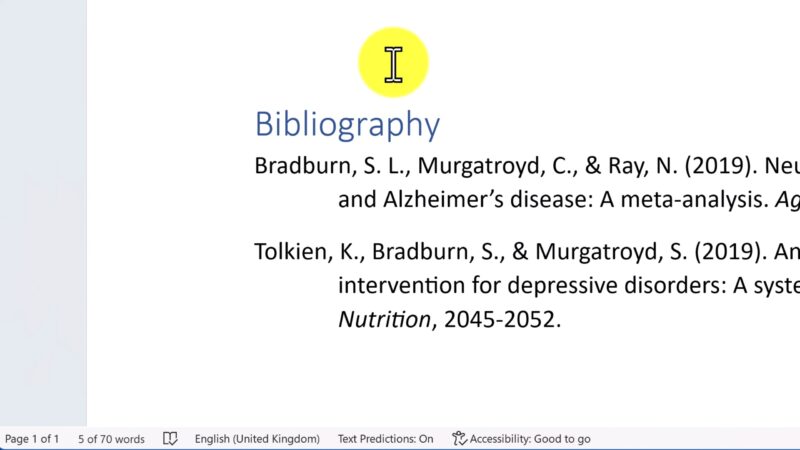Knowing the implications of legal documents can be as complex as navigating a maze in the dark.
Among the most common points of confusion are the terms “appendix,” “annexure,” and “schedule.”
Though often lumped together under the umbrella term “attachment,” each serves a unique function in legal documentation.
In this post, I will shed light on these terms.
Key Takeaways
- Appendices are integral to a contract: They supplement the main agreement and are critical for its validity, akin to the foundation of a house.
- Annexures are standalone documents: They provide additional context but can be understood independently from the contract, similar to a guest house on a property.
- Schedules detail specific terms: Integral to the contract, they contain important operational details, much like the cogs and wheels in a complex machine.
- Clarity in labeling is crucial: Clear referencing of each attachment as ‘Attachment 1,’ ‘Attachment 2,’ etc., avoids confusion and ensures legal enforceability.
- Legal significance of attachments is ‘frozen’ at signing: Changes to attachments usually do not alter the agreement unless explicitly intended, similar to a photograph capturing a moment in time.
What is an Appendix in Legal Terms?

An appendix in a legal document is akin to the foundation of a house.
Just as a house stands firm because of its foundation, an appendix provides the necessary support to a contract, ensuring its validity.
It is not merely an add-on but an essential part of the agreement. Think of it as the detailed blueprint of a building, critical for understanding the structure’s complete design.
How Does an Appendix Differ from Other Attachments?
Unlike annexures or schedules, an appendix is directly tied to the main body of the contract. Its contents are considered as important as the contract itself.
If the contract is a book, then the appendix is its final chapters, without which the story is incomplete.
Annexures

Can an Annexure Stand Alone?
An annexure is a separate entity, much like a guest house on a property. It’s connected to the main house (the agreement) but stands independently.
This independence means that an annexure, though attached to the contract, can be understood and interpreted on its own without the need to constantly refer back to the main document.
How Should Annexures be Viewed in Contracts?
Annexure enhances and provides additional context to the main agreement but doesn’t take the central role.
It’s essential for the overall understanding but is not the star of the show.
The Role of Schedules in Agreements
Why are Schedules Considered Integral?
Schedules in legal documents are the nuts and bolts in machinery. They might not be the most prominent parts, but without them, the machine won’t function correctly.
Schedules contain vital operational terms that are necessary for the agreement’s proper execution and understanding.
How Do Schedules Impact the Agreement?
Imagine a complex watch mechanism. Each cog and wheel (schedule) plays a crucial role in the watch’s (agreement’s) overall functionality.
The schedules detail specific aspects and terms that are directly referenced within the main body of the agreement, making them indispensable for its full comprehension and execution.
Best Practices for Referencing Attachments

Why is Clarity Key in Referencing Attachments?
Clarity in referencing attachments is as crucial as a clear label on a medicine bottle.
Just as the label prevents you from mistaking one medicine for another, clear references prevent misunderstandings about the role and importance of each attachment in the contract.
How Should Attachments Be Numbered?
From a practical perspective, it’s recommended to label all attachments as “Attachment 1,” “Attachment 2,” and so on.
This numbering system, coupled with specific descriptions within the agreement, clarifies whether each attachment is an appendix, annexure, or schedule and their relevance to the contract.
Differences at a Glance
| Attribute | Appendix | Annexure | Schedule |
| Relationship | Integral | Standalone | Integral |
| Function | Supplements | Provides context | Details specific terms |
| Dependency | Dependent on main contract | Independent | Dependent on main contract |
| Legal Weight | Critical | Supportive | Operative |
Legal Significance and Changes
How are Attachments ‘Frozen’ in Legal Terms?
The legal significance of an attachment is ‘frozen’ at the moment the agreement is signed, similar to capturing a moment in a photograph.
Just as a photograph represents a moment in time, the attachment represents the agreed terms at the time of signing.
Can Changes to Attachments Affect the Agreement?
Changes to the original document post-signing are like renovations to a house after purchase.
Unless explicitly intended and agreed upon, the original structure (agreement) remains as it was at the time of the sale.
This means modifications to attachments typically do not alter the agreement unless there is a clear intention to do so.
The Importance of Precision in Legal Documentation
Why Must Each Term Be Used Correctly?
Using the correct term in legal documentation is as important as using the right tool for a job.
Just as you wouldn’t use a hammer to screw in a bolt, you shouldn’t use ‘appendix’ when you mean ‘annexure.’
Precision in language ensures that the intentions and terms of the contract are clearly understood and legally enforceable.
What Are the Risks of Mislabeling Attachments?
Mislabeling attachments can lead to confusion and misinterpretation, much like mislabeling ingredients in a kitchen can lead to a cooking disaster.
This confusion can result in legal disputes, misunderstandings, and, potentially, the invalidation of the contract.
Practical Tips for Dealing with Attachments
How to Ensure Correct Usage in Contracts?
- Clear Definitions: Start by defining each term – appendix, annexure, and schedule – at the beginning of the contract.
- Consistent Referencing: Use consistent and clear referencing throughout the contract. If an attachment is labeled as ‘Attachment 1,’ refer to it as such in the main body.
- Review and Proofread: Always review and proofread the contract to ensure that each reference is correctly labeled and corresponds to the correct attachment.
What to Do if Uncertain About an Attachment?
If you’re unsure about the nature or labeling of an attachment, consult a legal expert. It’s like asking a guide for directions in unfamiliar territory.
Their expertise can prevent you from making costly mistakes and ensure that your contract is legally sound.
FAQs
What Happens if an Appendix is Omitted?
If an appendix is omitted, it’s like leaving out a crucial ingredient in a recipe.
The final dish (contract) may lack the intended flavor (meaning) and could be considered incomplete or even invalid.
The appendix is essential for the contract to fully convey its intended message and terms.
Can an Annexure Contradict the Main Agreement?
An annexure, while independent, should not contradict the main agreement. Think of it as a companion book to a novel.
It can provide background stories and additional details, but it should not contradict the main plot or characters of the original story.
Are Schedules Subject to Change After the Agreement is Signed?
Schedules, like appendices, are integral to the agreement and are generally ‘frozen’ once the agreement is signed.
Changing a schedule after signing is akin to altering the course of a river – it’s possible, but it requires clear intention, agreement from all parties involved, and often, significant effort.
Can a document have multiple appendices, annexures, and schedules?
Yes, a document can have multiple appendices, annexures, and schedules, each serving its specific purpose and labeled accordingly for clarity.
Is a signature required on each annexure and appendix?
It depends on the agreement’s requirements. Typically, signatures are not required on each annexure or appendix, but the main agreement often needs to be signed.
In digital contracts, how are appendices, annexures, and schedules handled?
In digital contracts, these attachments are usually included as separate files or linked within the document, clearly labeled and referenced in the main contract.
Can schedules be added after a contract is signed?
Schedules can be added or amended after signing, but this requires agreement from all parties involved and potentially a formal amendment to the contract.
Are appendices used more in certain types of contracts?
Appendices are commonly used in complex contracts, such as those in technical, academic, or scientific fields, where detailed supplementary information is essential.
Do annexures have to be written by the same author as the main contract?
No, annexures can be prepared by different authors as long as they are relevant and appropriately referenced in the main contract.
Final Words
Understanding the difference between appendices, annexures, and schedules is crucial for anyone dealing with legal documents.
While they may appear similar at first glance, each plays a distinct role in the realm of contracts and agreements.
Grasp these differences, and you can navigate the complex world of legal documentation with greater confidence and clarity.
